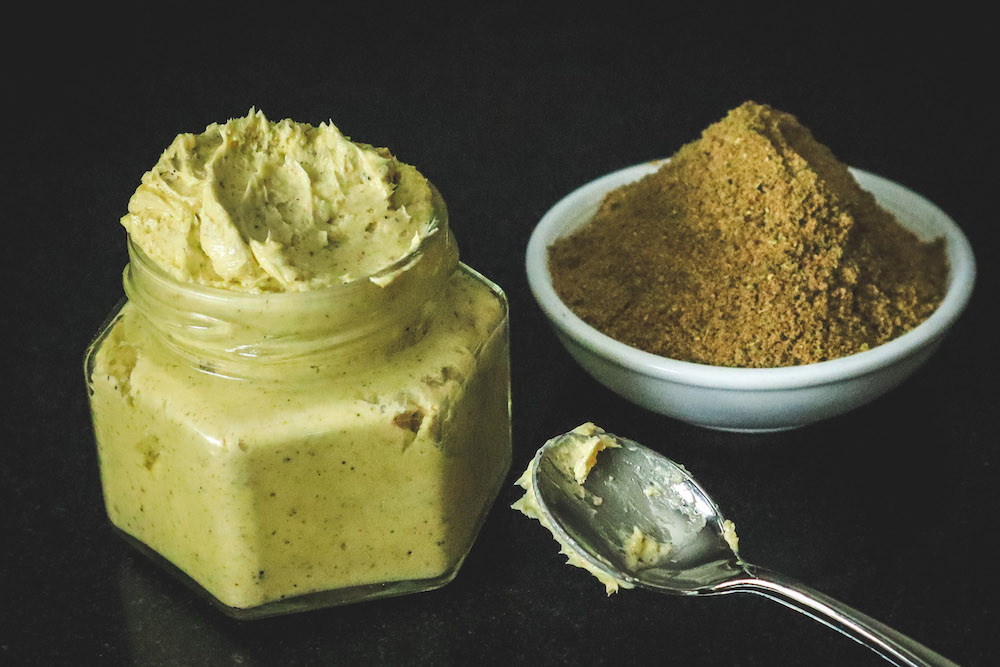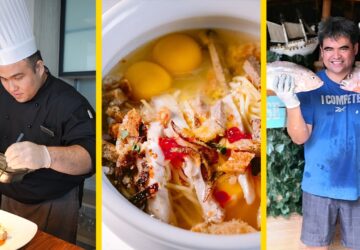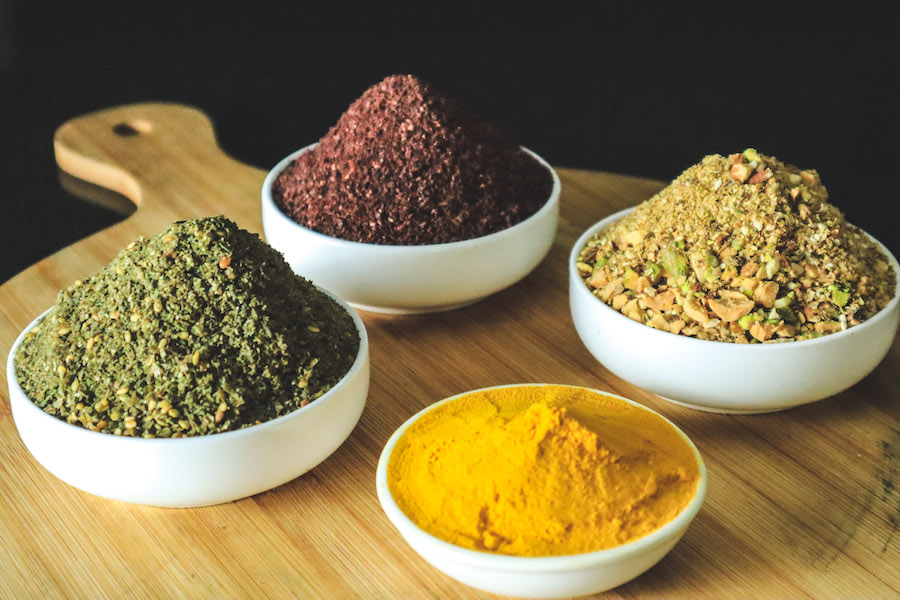We’ve seen how the pandemic shifted the food industry’s course back to basic food and home cooking as well as more attention to alcoholic beverages (after liquor bans in several cities). But since there has barely been any improvement in the COVID-19 situation in the country, are these trends here to stay? Here’s the 2021 food trend forecast from San Miguel Foods Culinary Center (SMFCC).
More plants
The industry will be looking for more creative ways to bring plant-based food to the table. Food companies from all over the world have come up with their own meat-free developments such vegetarian eggs and vegetarian luncheon meat. Even fast food chains have crafted plant-based versions of signature dishes, like Shakey’s, McDonald’s and KFC’s vegan burgers.
There will also be a rise in natural food colorants made with fruits, vegetables, and edible plants. Coffee will go beyond the mug and will be found in a wide variety of products, including alcoholic beverages. And with the challenge that comes with catering to different consumer diets, natural sweeteners will be the new table sugar—particularly allulose, which is found in wheat, figs, and raisins, and has 90 percent less calories than sugar.

Upcycling
Expect a heightened awareness in reducing food waste as well. But it will go beyond just turning fruit peels into candies or creating pudding out of leftover bread. Used grain and seeds from alcohol and coffee grounds can be added onto spreads, flour, and other snacks. They can even be used as ingredients in beauty and lifestyle products like scented candles, which are becoming popular these days.
“Just like in 2020, trends in 2021 will be influenced by the lifestyle changes we need to adapt to because of the pandemic,” says SMFCC partner chef Emelita Galang.

Dine-at-home experience
Takeout has always been about handheld food from convenience or fast food stores. But this year, restaurant-quality dishes now come in meal kits, such as Mendokoro Ramenba’s ramen kits and cook-at-home packages like Din Tai Fung’s frozen pork xiao long bao. There will be more attention to breakfast options as well.
Because of movement restrictions and standard health protocols, dining in restaurants is the less likely option. Ready-to-eat meals provide consumers the opportunity for a full restaurant experience at home as well as combat the cooking burnout felt by home cooks.

Travel through food
A worthwhile trip is immersing yourself in a place’s culture and tradition. And the easiest way to do that is through a culinary experience. Since travel activities are still restricted, consumers are bound to explore food and dishes that are more unconventional and have the authentic flavors one may find in their place of origin.
India’s spice blend Garam Masala and North African condiments and spices such as dukkah, za’atar, sumac, and baharat will gain popularity among those who want to come up with exciting dishes. Breakfast dishes such as the North African and Mediterranean shakshukah and Turkish menemen as well as cuisines coming from Asian islands, regional Chinese, South America, and India will make their way into restaurant menus.

Instagram-worthy functional food
Instagram has definitely changed the way we eat. But good food isn’t just about beautiful presentations. Although diners may want to retain the aesthetics, they will pay attention as well to what benefits their health and well-being. Food that is high in fiber, nutrients, and antioxidants will likely win customers, as will stress-relieving beverages.
“With the pandemic still in our midst, allowing many the luxury of time to spend in the kitchen—to learn, relearn, and explore—will yield a lot of homegrown specialties such as family and heirloom dishes, cooked with much love and care. Food this year will be about coming home to one’s roots,” says chef Reggie Aspiras.





